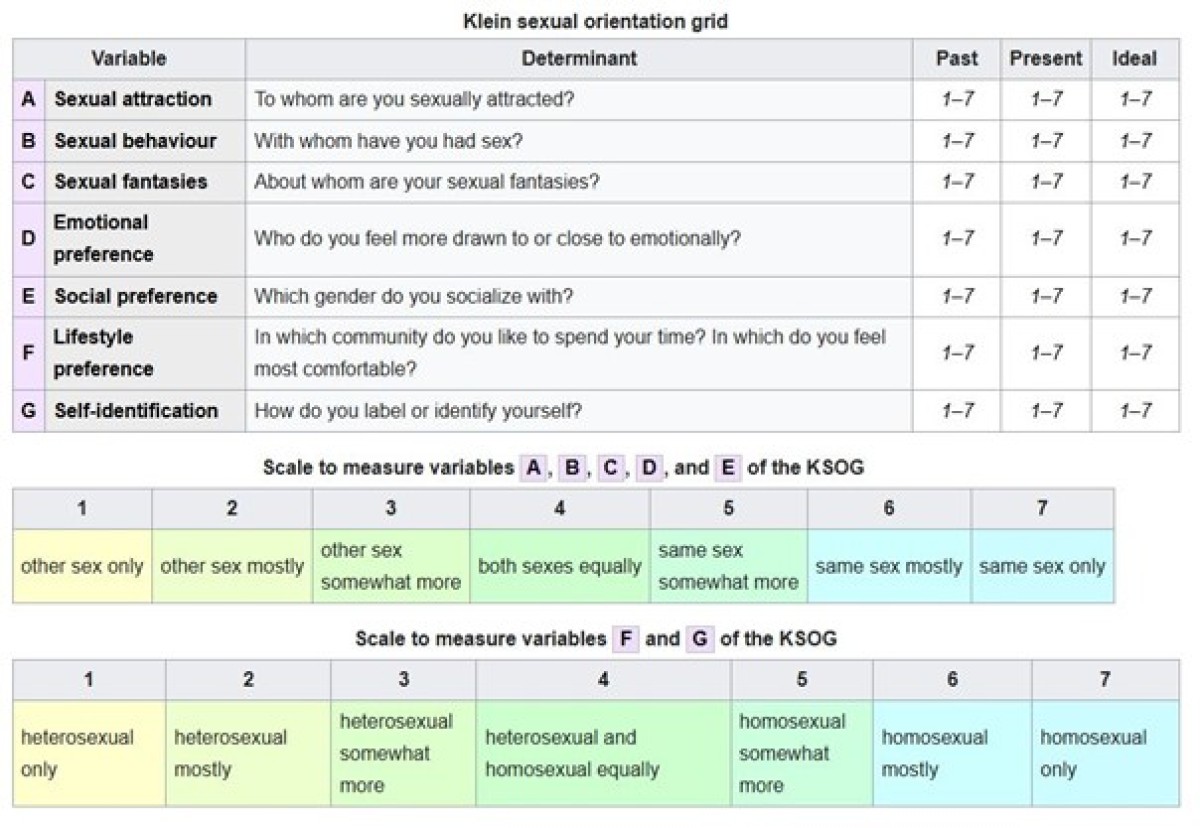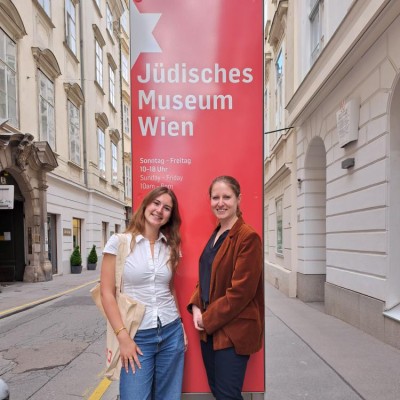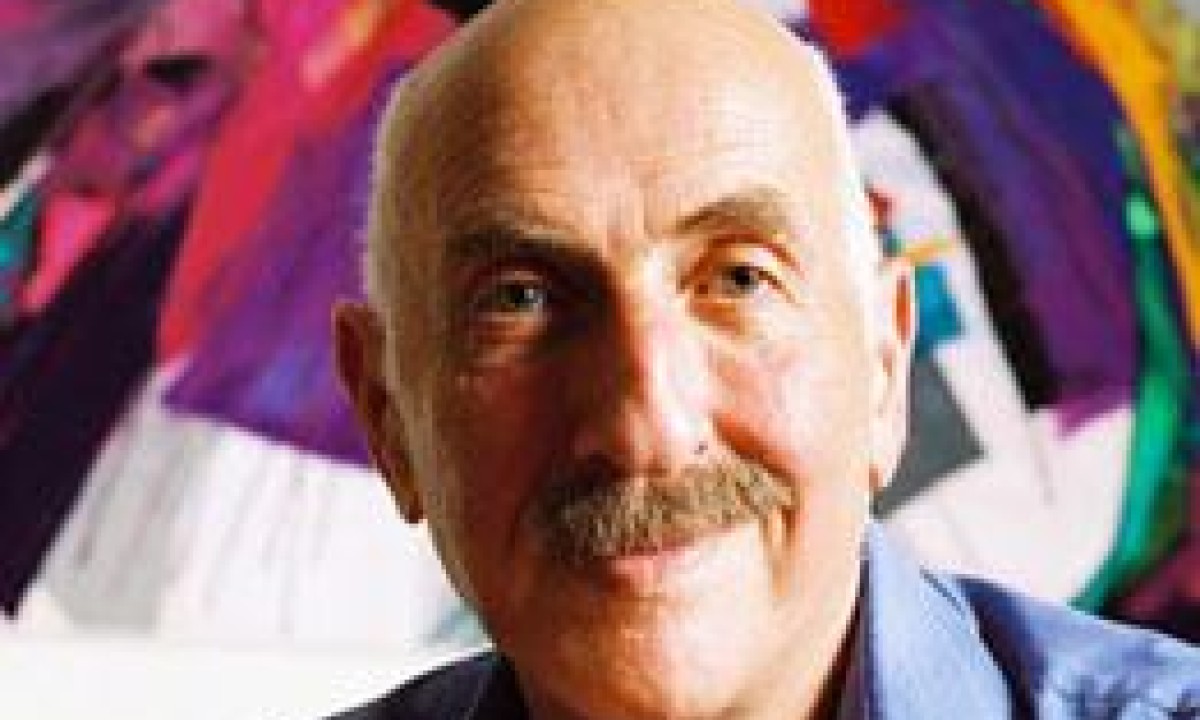Dr. Fritz Klein, © The American Institute of Bisexuality
16. June 2025
Close up
Pride Month: The Life and Works of Dr. Fritz Klein – An Austrian American Sex Researcher
by Grace Suter
While researching stories for Pride Month during my internship, I came across the Austrian-American Dr. Fritz Klein (1932-2006). His life and contributions to the field of sex research deserve recognition. Fritz Klein was born in Vienna in 1932, at a time when Vienna was a leading center for sex research (for more on that history, see the exhibition catalogue Love Me Kosher. Love and Sexuality in Judaism [2022]). Born to an Orthodox Jewish family, Klein spoke German for the first six years of his life before his family fled Nazi persecution and settled in New York City. There, he was raised in an English-speaking environment and eventually graduated with his bachelor’s degree from Yeshiva University in New York in 1953 and then with an MBA from Columbia University in 1955. He later realized he wanted to pursue a career in psychiatry and went to complete his doctorate in sex therapy in 1971 at the University of Bern.
His contributions to the LGBTQ+ community are numerous and started after he completed his residency at the New York Medical College in psychiatry in 1974. Klein went to research bisexuality at the New York Public Library and found only two articles on bisexuality and not a single book. Despite the works on homosexuality, bisexuality seemed to be omitted as a category in the Index Medicus, which listed all articles appearing in scientific journals. Klein himself proudly identified as bisexual despite orthodox resistance to queerness. Both he and his bisexual friends all experienced interactions where the notion of bisexuality would be dismissed as either a “disguise,” “indecisiveness,” or “temporary,” and therefore not accepted in the heterosexual or homosexual communities.
Klein began his research into bisexuality by placing advertisements in a weekly newspaper asking people interested in bisexuality to go to his home every week and discuss their own bisexuality and the concept as a whole. According to Klein, it was a support group. He then published the first edition of his book, The Bisexual Option, in 1978, in which he discusses the pushback bisexuals received from society among many other topics. One of the main topics discussed in his book is the “Klein Sexual Orientation Grid.”

© Wikipedia
A version of the Klein Sexual Orientation Grid
The orientation grid expands the Kinsey Scale furthering the view that sexuality lies on a continuum. The Kinsey Scale is a one-dimensional sexual orientation spectrum ranging from 0 (exclusively heterosexual) to 6 (exclusively homosexual). Klein’s system is a multidimensional grid that includes psychological feelings about ideal sexual encounters in addition to tangible experiences. He poses a question about one’s desire for the future of their relationships and how they choose to self-identify. He travelled around the world to discuss his scale with bisexual communities and made it clear to those he talked to that they are allowed to identify however they please. If they are attracted to both men and women but would rather identify as gay or lesbian, they are free to do so, but they should not do so simply because that is what other people want them to do. His grid is now often used as a tool in research.
Klein was unlike a lot of other sexologists in his time, as many of his colleagues argued against him and his support of the concept of bisexuality. In the late twentieth century, one could argue bisexuality was a more contested topic than homosexuality. People tend to dislike what they do not understand, and people did not understand how it could be possible for someone to be attracted to both sexes. Klein pioneered spaces for bisexuals across the world, but especially in the USA. He founded the American Institute for Bisexuality in 1998 and organized conferences about bisexuals to show people that “bisexual” was not a synonym for “homosexual” despite the common belief at the time. He argued for a spectrum of sexuality and was avid that there was more to people than their sexual selection. The amount of literature he published in addition to his international teaching and late job as a clinical instructor at the University of California- San Diego showed his passion for the topic and allows his research to continue educating people in the present day.

© JMW
IES Vienna Intern Grace Suter with Curator Caitlin Gura at the conclusion of her internship; © JMW
